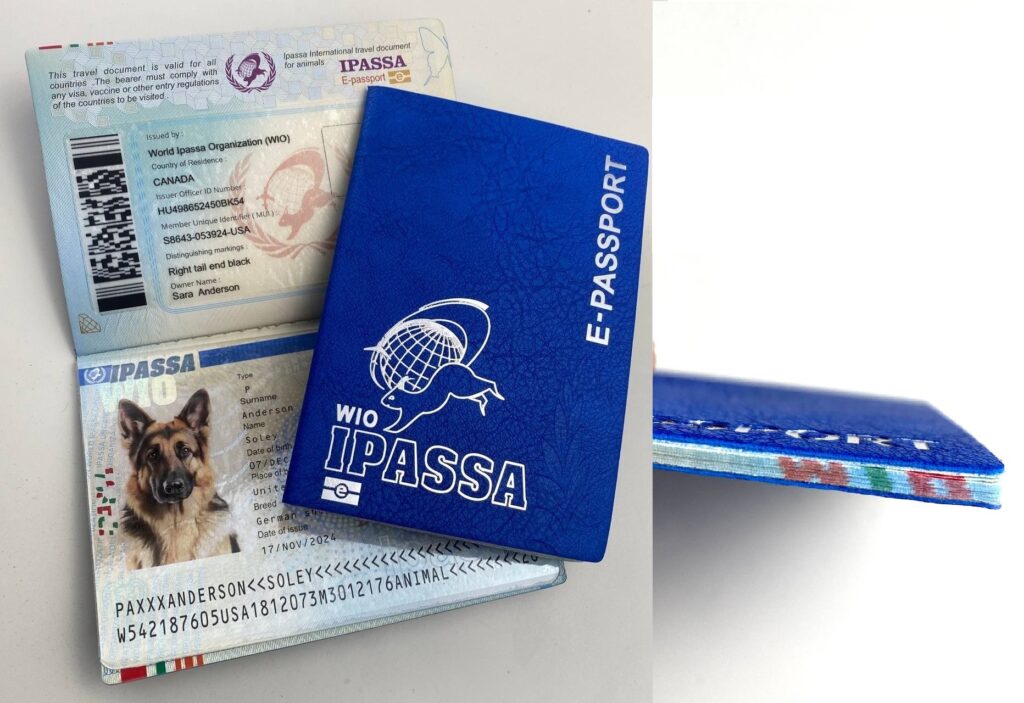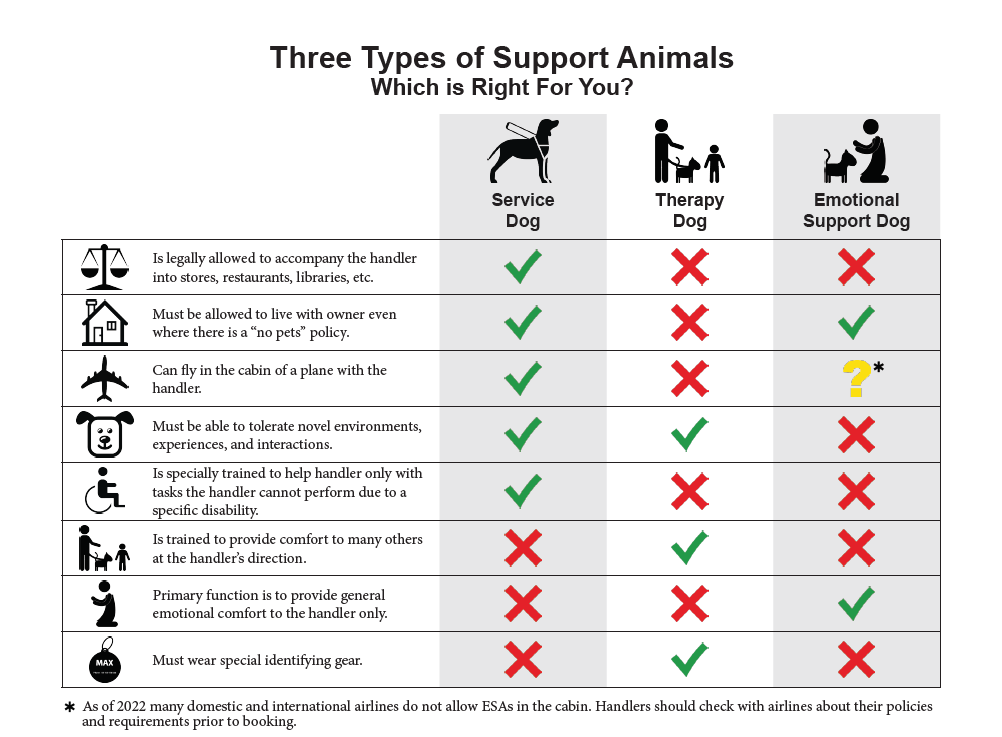Ipassa International Registration agency for pet Microchips
How to prepare your pet prior to booking
When do you want your pet to travel?
If you ship your pet as air freight, check with the airline to ensure the air freight facility is open so your pet may be claimed by the consignee. Note that it is preferable to ship your pet on week days as all staff are working and liaison is easier all along the route.
Contact the airline you have selected to confirm that they accept your pet on the day and flight that you prefer. Some airlines restrict the number of animals on a flight so the more advance notice you give them the better it is.
Transport of snub nose dogs, such as boxers, pugs, bulldogs and Pekinese, in hot season is not recommended. These animals have difficulty in maintaining a normal body temperature in hot weather.
Where is your pet traveling to?
Is your pet going to travel within your own country, or will it be traveling internationally? Do you intend to break the journey, or stopover at an intermediate station? What is the pet’s final destination?
What is your pet’s size and weight?
Only small dogs and cats can go in the cabin. Some airlines may not even allow them in, and will transport them as special baggage in a heated and ventilated hold. Do not worry, cats and dogs actually travel better this way because it is quieter and they will rest in a darkened environment.
Do you have a suitable container for your pet?
It is important that you purchase an appropriately sized container for your animal traveling by air. Airlines use the following indications to ensure the animal has enough space to turn about normally while standing, to stand and sit erect, and to lie in a natural position.
- Download the Container Requirements 1 in English (pdf) applicable to cats and dogs (CR1 LAR 2024)
Guidance for Dimensions of Container
To assist in determining the approximate size of the traveling container, the following formula may be useful. When calculating the minimum internal height of the container, the height of bedding should be added to the height of the animal.
Animal measurements:
A = length of animal from tip of nose to base/root of tail.
B = height from ground to elbow joint.
C = width across shoulders or widest point (whichever is the greater).
D = height of animal in natural standing position from top of the head or the ear tip to the floor (whichever is higher).
Note:
Measurements A, B, C and D for determining the container dimensions must relate to the largest animal.
************************************************
Ipassa passport , The first and only international animal Passport that is exactly like a citizen’s passport and has 14 advanced security features in accordance with ICAO standards. And all the scanners at the airport recognize it . ( 3 features in 1 ) Official Animal ID card + Animal ownership And E-passport .

The calculated dimensions are internal container dimensions.
Minimum internal container dimensions for a single animal:
- Container length = A + ½ B
- Container width = C x 2
- Container height E = D + bedding
- Snub-nosed breeds require 10% larger container
Note:
Container width calculation for multiple animals:
- Two animals: C x 3
- Three animals: C x 4
How many animals will be traveling?
Weaned puppies or kittens may travel well together in the same primary enclosure. When crating puppies or kittens together in the same container/primary enclosure they must be from the same litter, not older than six months, weigh no more than 14 kg each and no more than three per container. Certain national regulations require cats or dogs to be crated individually unless the consignment is a litter over 8 weeks and travelling with the mother.
A maximum of two adult animals of comparable size up to 14 kg each, that are compatible in size and used to cohabiting, may be shipped in the same container/primary enclosure. Animals over 14 kg must be crated individually.
Remember, animals may become stressed and aggressive when traveling by air and should not be placed in the same container unless they are young puppies or kittens. Animals which share the same household may become stressed and aggressive towards each other when traveling by air.
Special service for animals
Features and limitations of the special service for animals

